Chart Your Journey: Hohenwald, TN
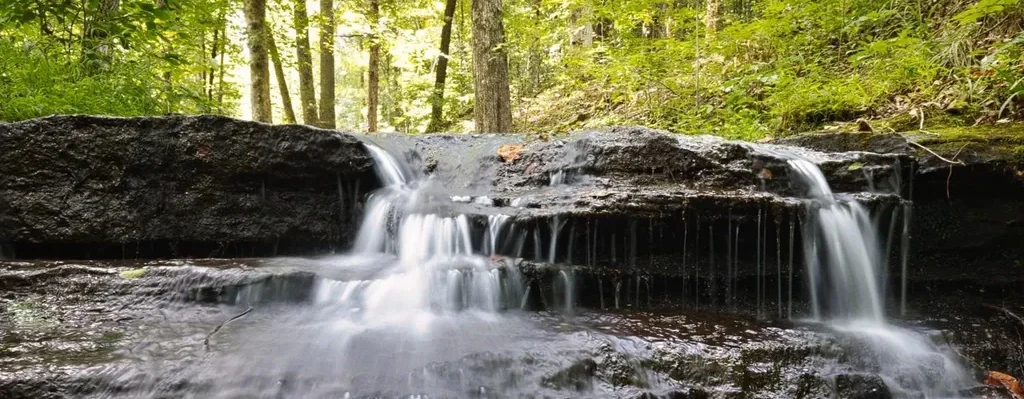

Hohenwald, meaning “High Forest” in German, is a picturesque town that serves as the county seat of Lewis County, Tennessee. This town, along with its surrounding area, plays a significant role in the Lewis and Clark story, as it is where Meriwether Lewis met his untimely death and is laid to rest. The Old Natchez Trace, a road of national importance, has played a pivotal role in American history, facilitating the westward expansion and the opening of the Western frontier.
In 1809, during his final journey, Meriwether Lewis traveled the Natchez Trace while serving as the governor of the Louisiana Territory. He was accompanied by Major James Neelly, John Pernier, and Neelly’s servant. When they reached the Chickasaw Agency, about six miles north of present-day Houston, Mississippi, Lewis entrusted Neelly with instructions to send the trunks containing the expedition journals to “the President” if anything happened to him. Historian Stephen Ambrose, in his book Undaunted Courage, notes that Neelly likely assumed Lewis was referring to Thomas Jefferson, rather than James Madison, the then-current President.
On October 11, 1809, at Grinder’s Stand (also known as Grinder’s Inn), 72 miles short of Nashville, most historians believe that Lewis, struggling with depression and anxiety, tragically took his own life. He died the following morning. Thomas Jefferson, who had noted Lewis’s bouts of depression during his time as Jefferson’s secretary, believed these struggles were hereditary in the Lewis family.
Today, the Meriwether Lewis Monument and grave in Lewis County, Tennessee, stand about 100 yards from the site of Grinder’s Stand. The inn was located along the Old Trace, near the crossing of Little Swan Creek, on the edge of American Indian territory.
Learn more about Meriwether Lewis at our Discovering Lewis and Clark educational website as well as our Lewis and Clark Trail Experience Magazine
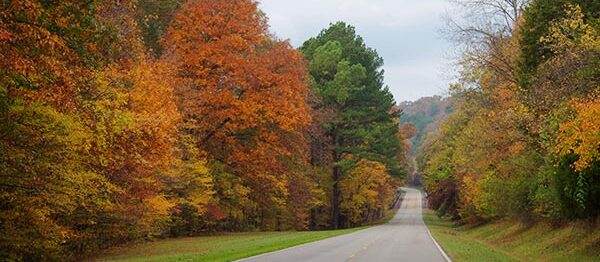
The Natchez Trace has a rich history, dating back many centuries as a natural travel route that connected the traditional lands of the Natchez, Chickasaw, and Choctaw nations. Today, the Natchez Trace Parkway celebrates this ancient route with 444 miles of gorgeous roadways that weave through some of the most beautiful landscapes across three states.
Many famous people traveled the Natchez Trace, from Andrew Jackson to Meriwether Lewis. In September 1809, Meriwether Lewis, who was on his way to Washington, D.C., altered his route at Fort Pickering (present Memphis, TN), to travel overland instead of sailing down the Mississippi. He was joined by U.S. Indian Agent James Neely, and together they traveled from Fort Pickering to the Chickasaw Agency where Neely had business. You can visit this site at milepost 214.4 on the modern parkway. From there, the men headed northward on the Natchez Trace, crossing the Tennessee River at Colbert’s Ferry (milepost 327.3).
While Lewis was camping at Dogwood Mudhole (milepost 367.3), a few horses ran away! Major Neely decided to stay behind to look for them and asked Lewis, who was eager to move on, to wait for him at the first house inhabited by white settlers.
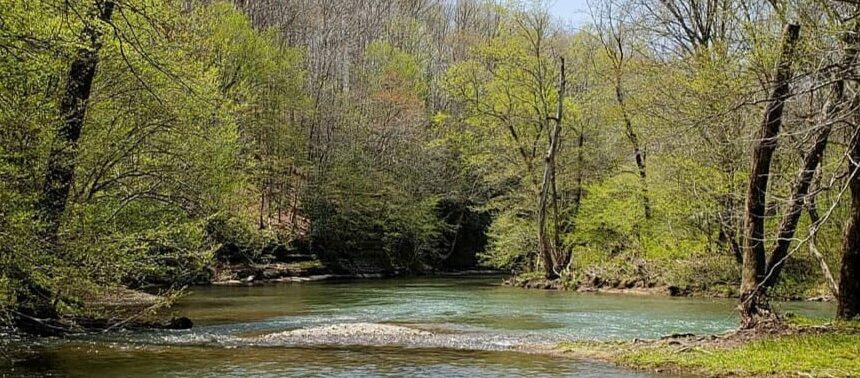
Meriwether Lewis proceeded on. At Metal Ford (milepost 382.8), he crossed his last river. This charming spot boasts stunning views of the beautiful Buffalo River and the ford itself, which got its name because its rocky bottom reminded travelers of the stone-surfaced or “metaled” roads.
If you take a leisurely five-minute stroll past Metal Ford, you'll find the McLish Stand exhibit. This little adventure will loop you back to Metal Ford. John McLish, who was part Chickasaw Indian, ran a stand here and even welcomed Andrew Jackson as a guest! Jackson relied on his friendship with McLish to encourage the tribe to peacefully relocate to Oklahoma.
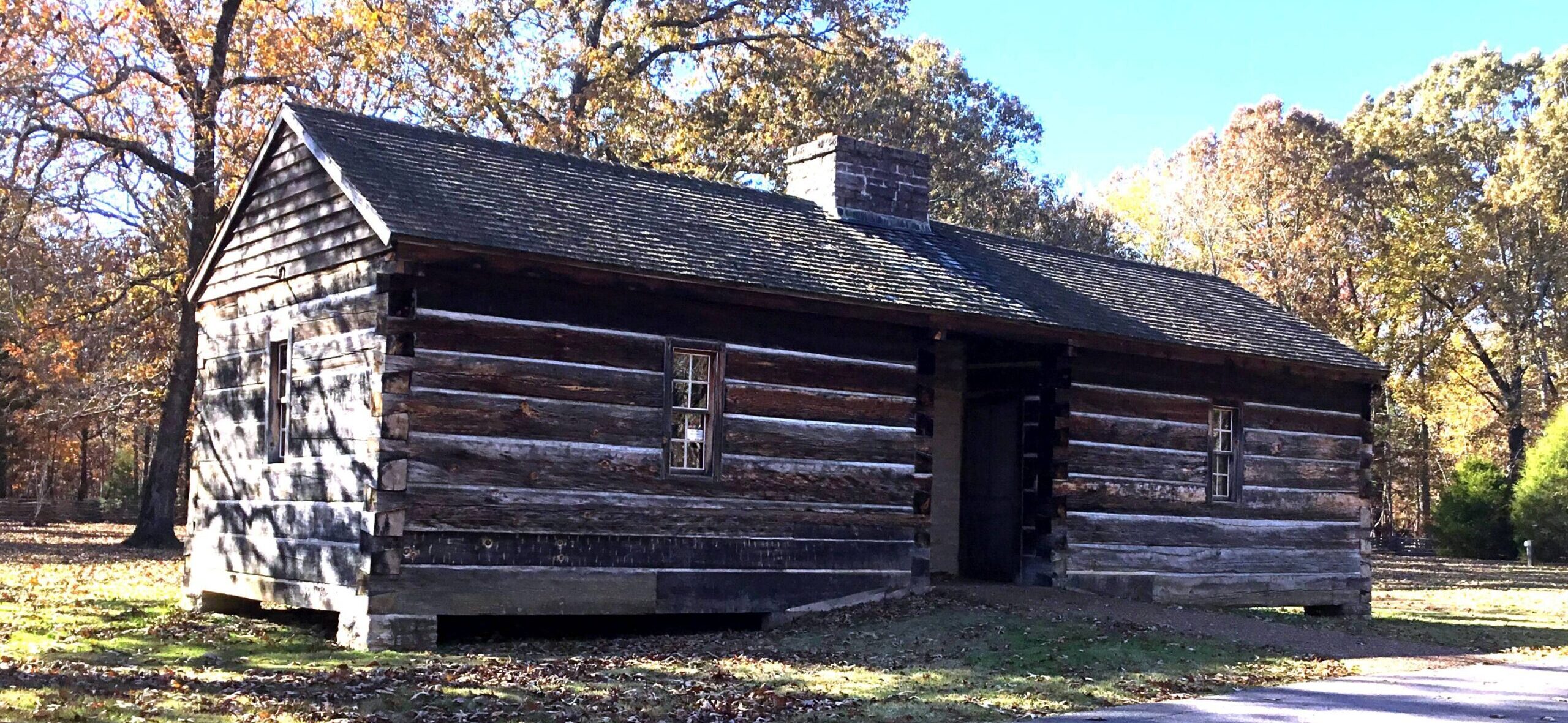
Lewis made his way to Grinder's Stand (milepost 385.9) on the evening of October 10th, but sadly passed away from gunshot wounds early on October 11, 1809. Here you can walk in his final footsteps along the path of the old Trace and check out some fascinating interpretive exhibits in a charming replica of Grinder's Stand built by the Civilian Conservation Corps. Don't forget to take a look at the original stones from the Grinder's fireplace, which are located to the right of the cabin!
Also at Grinder’s Stand, you’ll find the final resting place of Meriwether Lewis. Leisurely stroll over to the Meriwether Lewis Monument, where you can take a moment to pay your respects to this remarkable explorer. The monument was built by the State of Tennessee in 1848. A life-long lover of nature, it is fitting that Meriwether Lewis’s final resting place is surrounded by a protected wilderness with a rich history of exploration and travel.
The monument holds the distinction of being the first national monument in the southern United States, having been designated in 1925 by President Calvin Coolidge. Today, you can explore the expansive 300-acre park surrounding the monument, which features a free primitive campground, picnic spots, scenic hiking trails, and restrooms. It’s a perfect place to connect with nature and reflect on the legacy of a true American explorer!
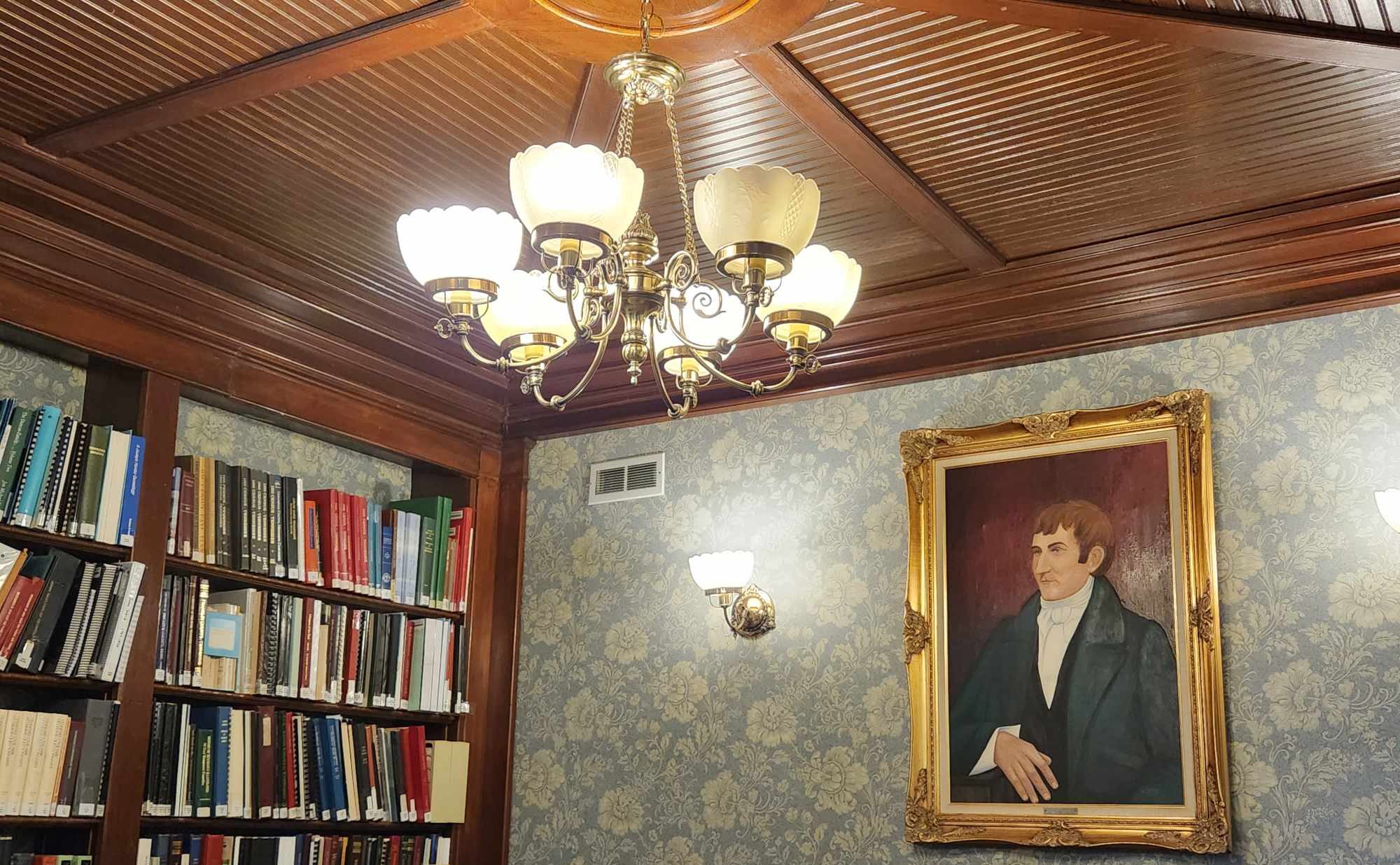
Lewis and Clark enthusiasts will feel right at home at the Lewis County Public Library and Archives. Located at 15 Kyle Avenue, the library is proud to be a regional research center for the Lewis and Clark Expedition. Take a tour of the facility, and don’t miss the stunning Franz Weinhappel room- it’s a beautifully ornate space that was carefully taken from a historic home and resembled in the library, piece by piece.
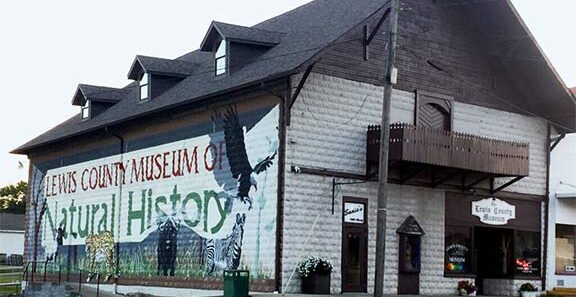
Let your inner explorer have a play day at the Lewis County Museum of Local and Natural History, located at 108 East Main Street. From the minute you walk into the museum, you are immersed in the life, legacy, and final days of Meriwether Lewis. Discover the history of the Meriwether Lewis Monument, how it entwines with the history of Lewis County, and see the original monument stones which protected his grave for more than 150 years.
The museum also features the third largest mounted animal collection in North America. Watch the animals come to life in their natural habitats through interactive video exhibits, and hear audio recollections as your eyes are dazzled and surprised by the wondrous and rare animals.

Some rather large animals call Hohenwald their home. Founded in 1995, the Elephant Sanctuary in Tennessee has grown to be the largest natural-habitat refuge in the country, specifically designed to provide a safe haven for endangered elephants. With 2,700 beautiful acres, these majestic creatures can roam freely in a natural setting. The elephants’ habitats are closed to the public, which helps keep their environment peaceful.
If you're curious to learn more about the elephants and their lives here, stop by The Elephant Discovery Center at 27 E. Main Street, which features interactive multi-media exhibits, a theater, an Outdoor Classroom, and regularly scheduled programming about elephants, the purpose of The Sanctuary, and conservation efforts in the wild.

While the California Wine Country might be getting all the buzz, Hohenwald’s climate and soil is producing some incredible grapes. The Natchez Trace Wine Trail features four charming family-owned wineries that promise not just delicious, award-winning wines, but also fresh air and stunning views. It’s definitely a lovely way to sip and explore!